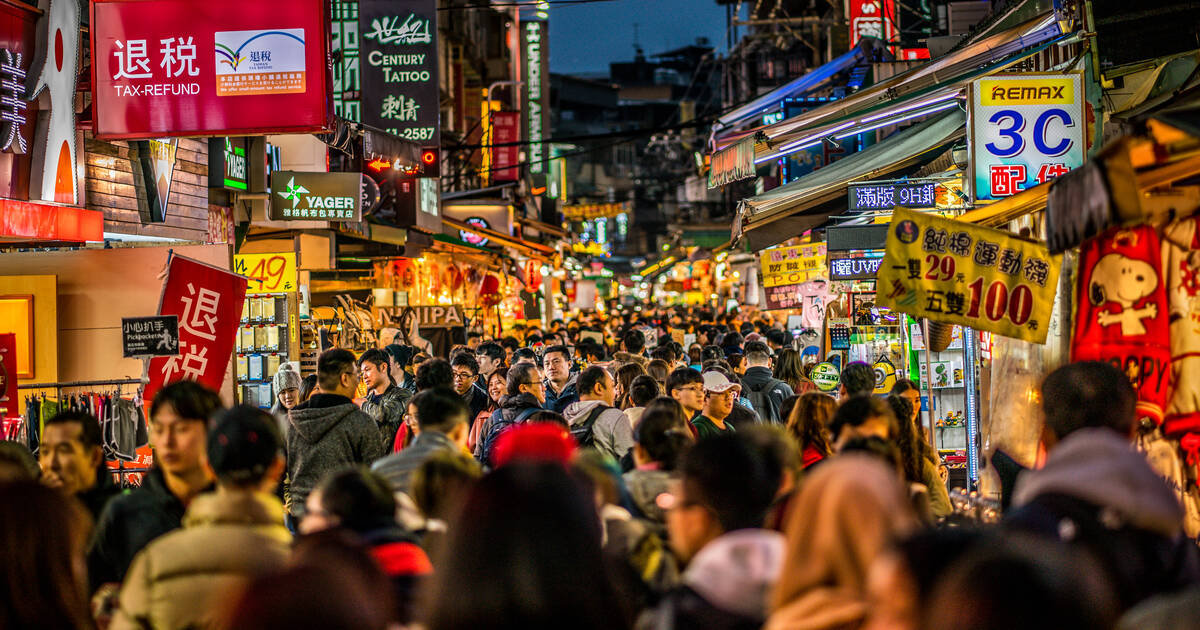
Shopping is a social experience, a manifestation of culture, and frequently a highlight of daily life, in addition to being a means of purchasing products. The modern, sprawling Western mall and the vivacious, colorful ASEAN night market are two starkly different environments when comparing purchasing habits between Western countries and ASEAN nations. Each provides distinctive experiences that are influenced by social customs, climate, and history.
Western Malls: Convenience, Comfort, and Variety
Shopping complexes are iconic centers of commerce and leisure in numerous Western countries. Retail stores, restaurants, cinemas, and occasionally amusement parks or ice rinks are all housed within expansive indoor complexes.
* **Comfort Throughout the Year:** Malls are pleasant year-round destinations, regardless of the weather, due to the climate control that maintains a calm temperature in the summer and a warm temperature in the winter.
* **Single-Stop Shopping:** Malls provide a diverse selection of stores, including electronics, fashion, household products, and groceries, all under one roof. In a single visit, consumers can satisfy numerous requirements.
* **Entertainment Hubs:** Malls are frequently utilized as social spaces, where individuals can convene with companions, view films, or savor meals in addition to purchasing. Food centers and cafés are frequently utilized as gathering locations.
* **Layout Structured:** A clear, predictable purchasing environment is achieved by organizing shops by category or brand. Security and regulations maintain a clean and organized environment.
* **Global Brands and Chain Stores:** Western malls typically carry a variety of well-known international and local brands, which provide consistent quality and product selection.
ASEAN Night Markets: Culture, Community, and Vibrance
In ASEAN countries such as the Philippines, Indonesia, Malaysia, Vietnam, and Thailand, night markets are an integral part of the retail culture, particularly in urban areas and tourist destinations.
* **Atmospheric and Open-Air:** Night markets, which are frequently located on streets or plazas, are characterized by a festive atmosphere, which is accentuated by the vibrant lighting, fragrant scents, and bustling crowds that emerge after twilight.
* **Street Food and Local Goods:** Handmade crafts, clothing, accessories, mementos, and fresh street food vendors that serve regional delicacies are all available to visitors. Markets are sensory delights.
* **Bargaining and Interaction:** Unlike malls, where prices are fixed, night markets frequently allow for negotiation, which fosters personal interaction and friendly haggling between merchants and purchasers.
* **Social and Community Activities:** Night markets are locations where individuals can convene, consume food, and engage in social activities. In a lively, informal atmosphere, families, acquaintances, and travelers interact.
* **Cultural Showcase:** Markets incorporate local traditions, festivals, and creativity, as well as occasional live music, performances, and art exhibits.
Comparing the Experience
* **Style of Shopping:** Western malls prioritize comfort, consistency, and expediency. Night markets emphasize cultural immersion, discovery, and variety.
* **Environment:** The climate is managed, malls are controlled, and they are frequently quieter. There is an abundance of vitality and aromas in night markets, which are also vibrant and boisterous.
* **Product Selection:** Malls maintain a selection of mass-produced and branded merchandise. Unique, locally sourced, and handmade products are sold at night markets in addition to commonplace items.
* **Social Interaction:** Shopping in malls is frequently transactional and brief. Night markets promote the development of relationships, lingering, and conversing.
The Influence of Urbanization and Globalization
Malls have become increasingly popular in conjunction with traditional markets as ASEAN cities modernize, accommodating to evolving preferences and lifestyles. In contrast, in Western cities, there is a resurgence of pop-up bazaars, craft festivals, and farmers’ markets that emulate the lively energy of night markets.
Both purchasing environments provide something valuable: malls offer predictability and convenience, while night markets offer culture and connection. Numerous individuals derive pleasure from both experiences, recognizing the diverse methods by which purchasing can enhance their daily lives and provide them with a sense of purpose.
In conclusion,
Two distinct retail cultures, Western malls and ASEAN night markets, are influenced by geography, climate, and social values. One emphasizes efficiency and comfort, while the other emphasizes community and ambiance. Collectively, they underscore the fact that shopping is not solely about purchasing items; it is also about engaging with individuals, celebrating culture, and experiencing a location with each purchase.
Leave a Reply